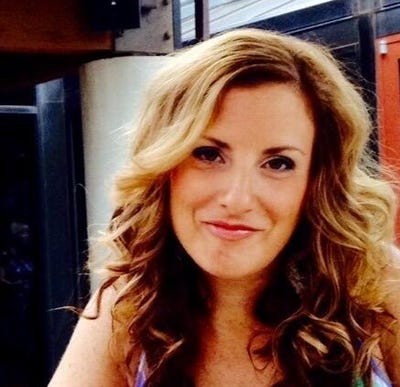Albertsons a 'Stronger Company Than a Year Ago,' Says CEO Vivek Sankaran
What’s next for the relationship-focused grocer. Albertsons CEO Vivek Sankaran discussed the company's digital investments, third-party delivery and accelerated transformation during a recent Bank of America conference.
March 12, 2021

The speed with which Albertsons responded to the surge in demand for both groceries and digital in the pandemic is a source of pride for President and CEO Vivek Sankaran, who discussed the company’s “accelerated” transformation and greater efficiencies during the Bank of America Consumer and Retail Technology Conference.
“I’m so proud of the progress that our team has made on so many different facets of the business,” said Sankaran, according to a Sentieo transcript of the conference. “And what’s amazing is that I think we accelerated our transformation during a very, very difficult time and did many things that we never imagined that we could do in such a compressed time frame. And I also come out of the pandemic with conviction that our strategy is working,” he continued, pointing to the Albertsons Cos.’ performance on top-line growth, market share growth, flow through and newly expanded customer base.
“We’re a stronger company than a year ago on many different fronts,” said Sankaran, who credits a move toward data- and technology-backed capabilities on pricing, ordering, in-store production, in-store and distribution center automation, as well as the company’s significant investments in digital as contributing factors to prosperity. As a grocer in the relationship rather than the transaction business, says Sankaran, Albertsons is also going more digital and personalized with its promotions.
With its advancements in technology, Albertsons has “reimagined and redesigned” its customer facing applications, said Sankaran, teasing new releases coming in April. Namely, Albertsons plans to rapidly expand its Drive Up and Go service, which is now available in 1,400 stores to 1,800 locations. The company is also designing for two-hour delivery in all its markets. These services in tandem with a thriving loyalty program have resulted in Albertsons becoming “a more efficient company,” he said.
When asked how the company increased market share in the last year, Sankaran points to Albertsons’ focus on fresh as well as the convenience of its e-commerce services. While it remains to be seen if customers who only started shopping online because of COVID remain digital customers post pandemic, Sankaran is confident of continued market share in this channel.
“I think they’re going to stay in it, and then it will keep adding from there,” says Sankaran of consumer’s commitment to digital grocery. “We won’t have the same growth rates, but we’re not going to give up the consumption that people have today … in the sense, if you’ve tried it and you like it, you’re going to make that part of your repertoire. We want to continue to offer [the customer] choices—both Drive Up and Go and shorter delivery windows. But I think [digital] is here to stay,” added Sankaran.
Albertsons is banking on the stickiness of e-commerce born of the pandemic. Sankaran said the company stepped up its digital investment in 2020 and will continue to do so moving forward, including continued investment in microfulfillment centers (MFCs).
Currently Albertsons has two MFCs (in operation for the last 15 months), but Sankaran said it will add seven more this year. “We’ve learned a lot about MFCs, and I have to tell you, there is a learning curve, full stop, on how to optimize it and how to make it part of the operation.” Key to success is bringing labor costs down through optimizing the assortment and reducing the number of trips to store to complete orders, he explained.
Albertsons is now developing software capabilities and labor models “to sort that out,” said Sankaran, who further indicated the company is exploring MFCs connected to stores as well as hub-and-spoke models.
While Albertsons has its own last-mile delivery fleet, Sankaran said the company is better off using third parties because delivery fulfillment companies such as Instacart, can get better utilization out of a driver because of the number of businesses they support.
“We have a great partnership with Instacart at this time, but we believe that the third parties will be the solution for the delivery in the last mile,” said Sankaran. “It also allows us to do what we think is very, very important, [which] is a two-hour window.” But as is the case for most grocers, Albertsons�’ curbside pickup or Drive Up and Go program remains the most profitable piece of digital.
Read more about:
Albertsons Cos.About the Author
You May Also Like






